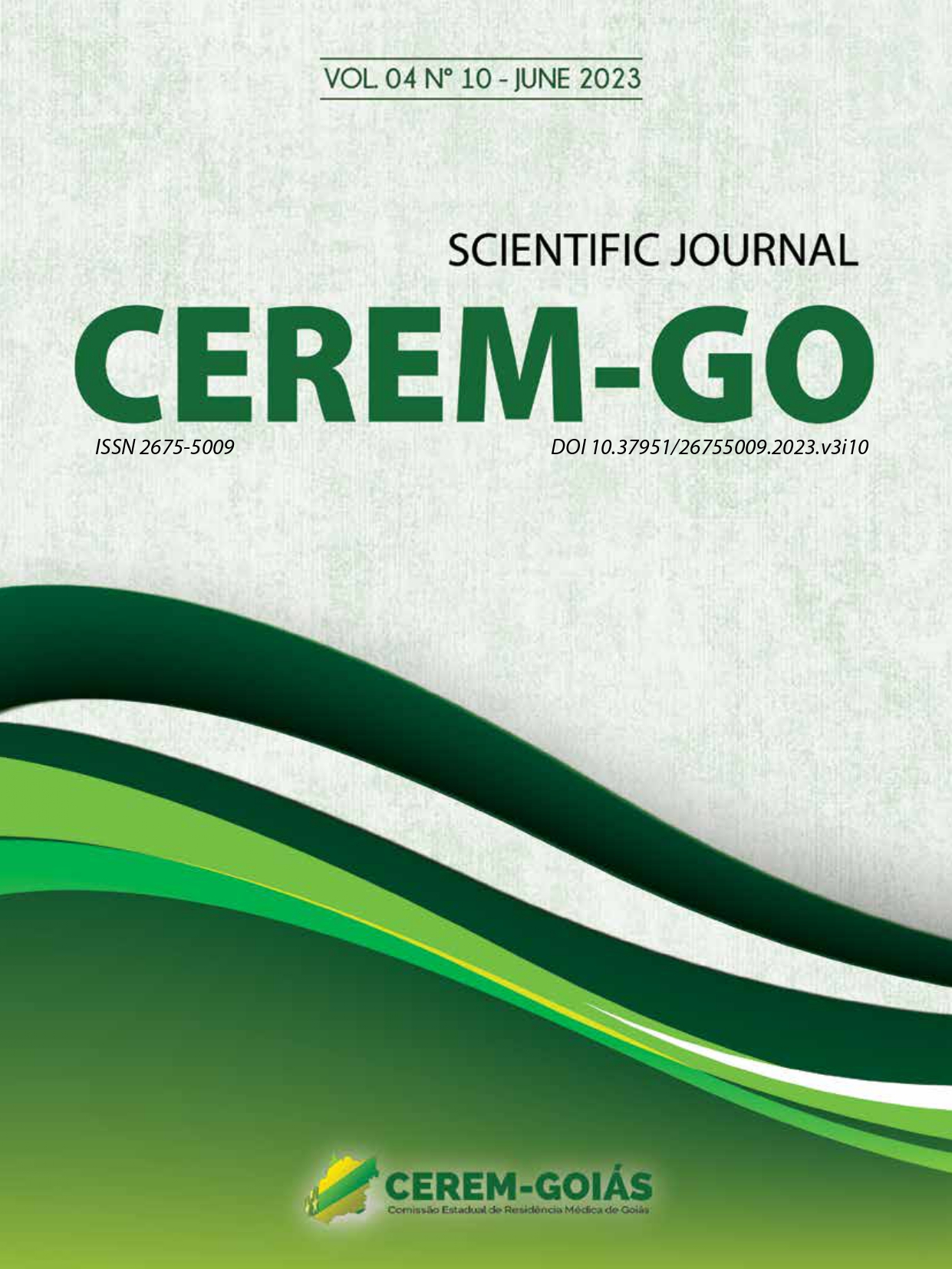AIRWAY CARE DURING INTUBATION OF A SUPER-OBESE PATIENT
CASE REPORT
DOI:
https://doi.org/10.37951/2675-5009.2023v4i10.109Keywords:
MANAGEMENT AIRWAY, INTUBATION INTRATRACHEAL, OBESITY, OBESITY MORBID, BARIATRIC MEDICINEAbstract
The definition of difficult airway is based on the difficulty of orotracheal intubation (OTI) and/or mask ventilation by a trained professional. Planning for airway management is of paramount importance in the daily lives of anesthesiologists and is sometimes underestimated. Obesity is a worldwide public health problem, with multifactorial causes, and this is a condition that can hinder both mask ventilation and OTI. It is essential to know how to identify predictors and prepare for unexpected and expected scenarios. This report deals with the management of the airway of a 21-year-old male patient with morbid obesity (weight 254 kg, height 1.76 cm, body mass index (BMI) 81 kg/m2), who would be maintained at passage of a gastric balloon for weight loss and subsequent bariatric surgery. Although the procedure is often performed with sedation, it was decided to obtain a definitive airway and balanced general anesthesia, avoiding possible unhealthy complications in the intraoperative period. In assessing the airway, the patient had a beard, BMI> 26, good inter-incisor distance (>5cm), large tongue, Mallampati two, with good mandibular protrusion (upper lip bite test - ULBT class 1), sternum- mentalis > 12cm, with good extension and cervical mobility, but with cervical inclusion >40cm. OTIs were considered with a flexible bronchoscope or videolaryngoscope, with the second option being preferred after assessing the patient’s airway. IOT uneventful. surgery was also performed without setbacks, the patient being decurarized and extubated in the room, sent to the post-anesthesia recovery room. Thinking about a safe anesthesia, it is not recommended to perform an airway procedure without careful planning. In this sense, a pre-anesthetic evaluation is of paramount importance and should not be overlooked due to care time.




